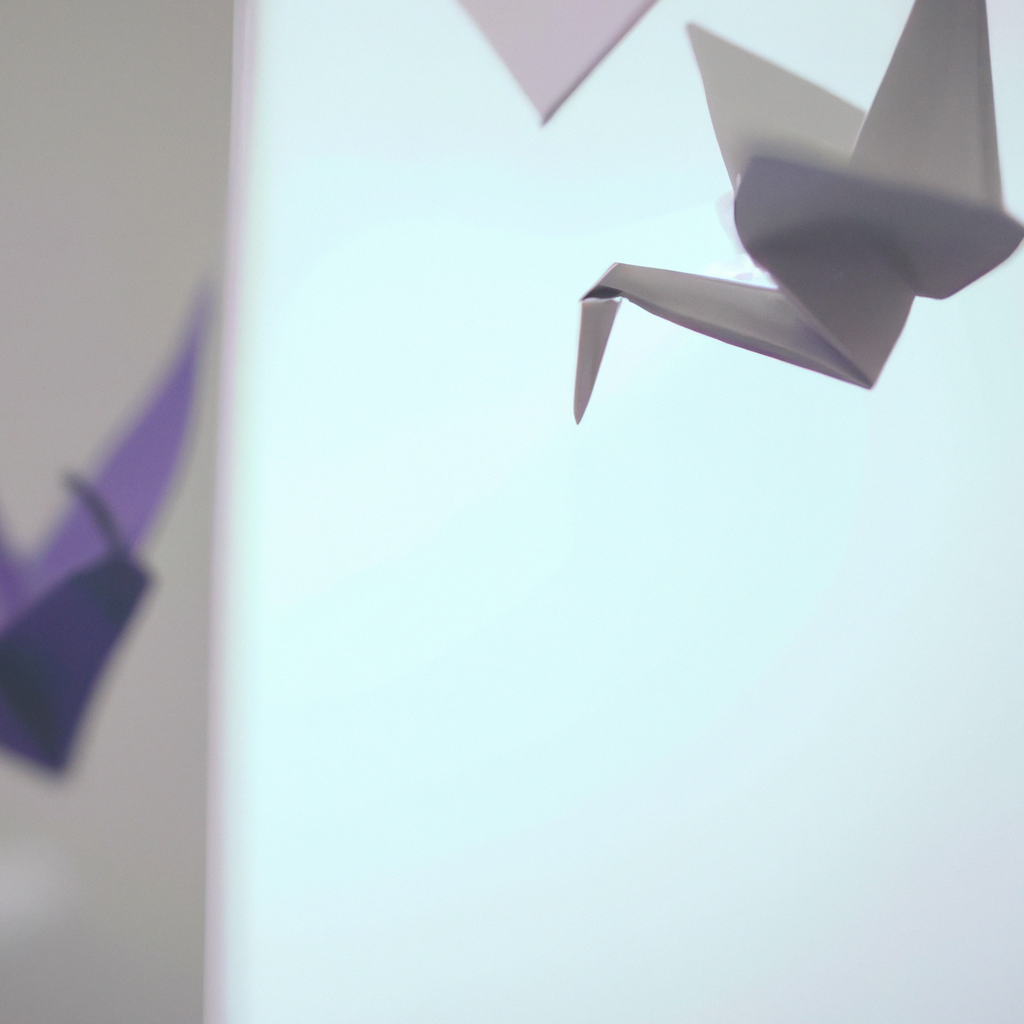Origami history in Japan dates back to the 6th century when Buddhist monks brought paper to Japan. The art form has since evolved and become a significant part of the Japanese culture. Origami techniques have been passed down from generation to generation, and the art form has become more advanced with time. In this article, we will discuss the history of origami in Japan, its evolution, techniques, and cultural significance.
Origami History
Origami, meaning paper folding, originated in China around the 1st century AD. However, it was Japanese paper folding that evolved into a traditional Japanese art form. Paper was introduced to Japan in the 6th century by Buddhist monks who used it to write sutras. The Japanese later started using paper for various purposes, including wrapping gifts, making dolls, and decorating homes.
The first recorded instance of origami in Japan was in the 17th century when a book titled “Senbazuru Orikata” was published. The book contained instructions on how to fold 1000 paper cranes. The crane is a symbol of luck and longevity in Japan. The book was influential in spreading origami culture in Japan.
Evolution of Origami
Origami techniques have evolved over the years. In the early days, origami was simple and mainly used for religious purposes. However, during the Edo period (1603-1868), origami became more popular, and the techniques became more advanced. High-quality paper was produced, and artists started using the paper to create complex designs.
In the 20th century, origami started gaining international recognition. In 1955, Akira Yoshizawa, a famous origami artist, developed the modern origami techniques. He created a system of symbols that made it easy for people to understand the folding instructions. Yoshizawa’s techniques made origami accessible to people all over the world.
Origami Techniques
Origami techniques involve folding paper into different shapes and designs. The paper used in origami is usually square, and the designs are created using only folding techniques without using glue or scissors. The folding techniques are classified into three categories:
1. The Valley Fold: This is a fold that creates a valley in the paper.
2. The Mountain Fold: This is a fold that creates a mountain in the paper.
3. The Reverse Fold: This is a fold that reverses the direction of the paper.
Origami Culture
Origami is an essential part of Japanese culture. It is used to create various objects, including animals, flowers, and other decorative items. Origami is also used in Japanese festivals, where people decorate their homes with origami flowers and animals.
The crane is a popular origami design in Japan. It is believed that folding 1000 paper cranes brings good luck and longevity. The tradition originated from a young girl named Sadako Sasaki, who was diagnosed with leukemia after being exposed to radiation from the Hiroshima atomic bomb. She started folding paper cranes in the hospital, hoping to recover. Unfortunately, she passed away, but her story inspired people all over the world to fold paper cranes in her memory.
Japanese Origami Heritage
Japanese origami heritage has been passed down from generation to generation. Today, origami has become a popular art form all over the world. Origami artists use their creativity to create complex designs that amaze people. The art form has also inspired scientists and engineers who have used the folding techniques to create various objects, including solar panels and medical devices.
In conclusion, origami history in Japan dates back to the 6th century when paper was introduced to Japan by Buddhist monks. The art form has evolved over the years, and today it is an essential part of Japanese culture. Origami techniques have become more advanced, and the art form has gained international recognition. Japanese origami heritage has been passed down from generation to generation, and today it continues to inspire people all over the world.







